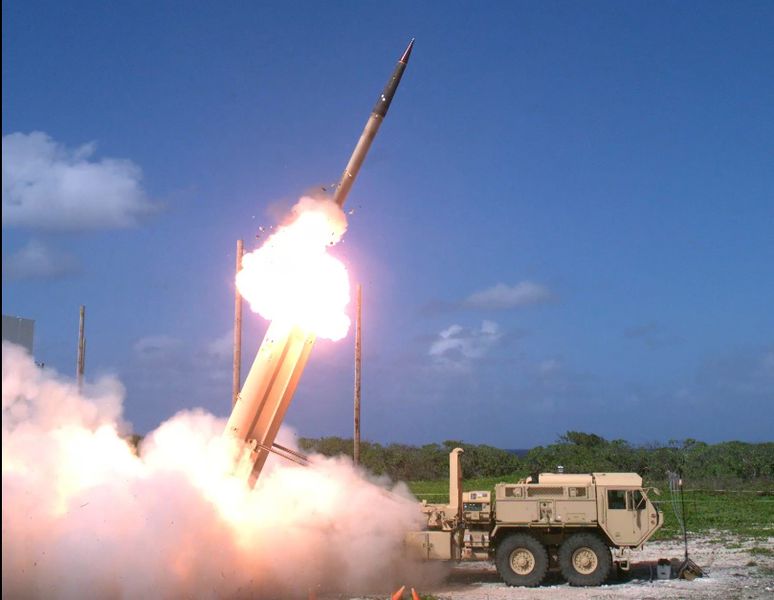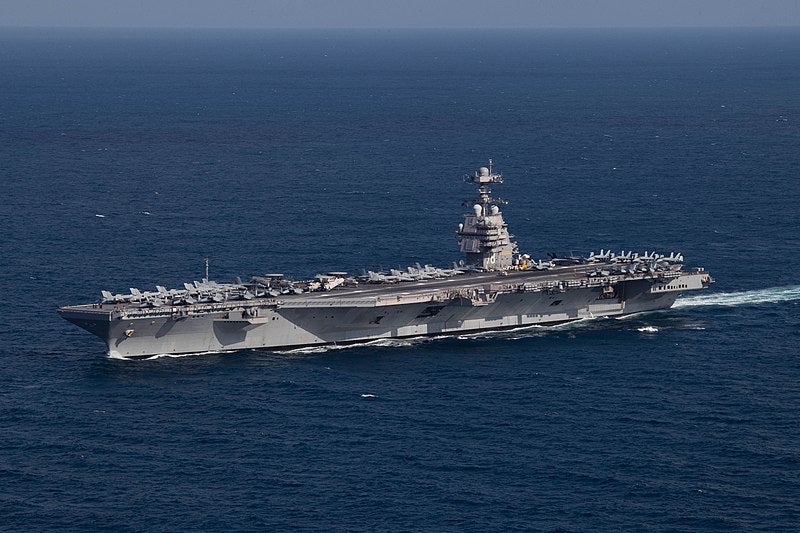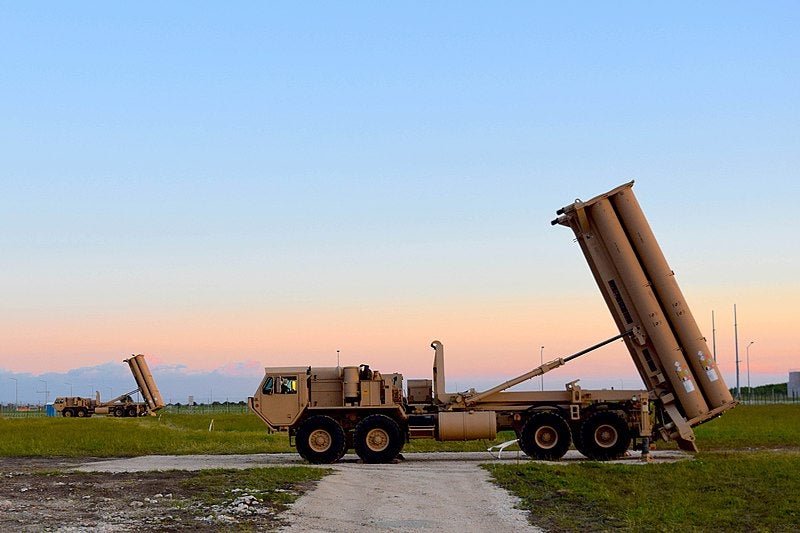US to Deploy THAAD and Additional Patriot Air and Missile Defense Systems to the Middle East
The Pentagon has announced that a THAAD anti-ballistic missile battery and additional Patriot Air and Missile Defense System battalions would be deployed to US bases in the Middle East. According to US Secretary of Defense Lloyd Austin, the decision was made in response to “recent escalations by Iran and its proxies.” Austin also noted that the deployment of additional air defense systems to the Middle East, which will increase force protection for US forces, will assist Israel defend against attacks from Hamas and Hezbollah.

The US Secretary of Defense did not specify how many Patriot Air and Missile Defense System battalions would be sent to the Middle East or where exactly they would be deployed. Saudi Arabia, the United Arab Emirates (UAE), Egypt, Qatar, Bahrain, Kuwait, Israel, Oman, Jordan, Iraq, and Syria make up the Middle Eastern countries with US military bases. The number of US military bases in these 11 Middle Eastern countries exceeds 80. Based on the statements of US Secretary of Defense Lloyd Austin, it’s believed that the land-based air and missile defense systems that the Pentagon is sending to the region will be deployed at US facilities in Syria and Iraq. The explanation for this is thought to be that since Hamas launched the Al Aqsa Flood Operation against Israel on October 7, US forces stationed in the region have been repeatedly targeted by drone attacks in both Iraq and Syria.

In the Middle East, where tensions are high due to the Israel-Hamas conflict, the US has deployed the newest and most advanced aircraft carrier in the navy, USS Gerald R. Ford, along with additional Patriot Air and Missile Defense System battalions and the THAAD Anti-Ballistic Missile battery to strengthen its stance towards ‘deterring further aggression’. The aircraft carrier USS Dwight D. Eisenhower, command and control ship USS Mount Whitney, a guided-missile cruiser, two guided-missile destroyers, and approximately 2,000 Marines were then diverted to CENTCOM’s area of responsibility to join the USS Gerald R. Ford, which was stationed in the Eastern Mediterranean. The destroyer USS Carney, which is part of this major naval force in the Eastern Mediterranean, has already intercepted cruise missiles and drones launched by Yemen’s Houthi rebels with the intention of “potentially” targeting Israel.
In addition to ground-based air and missile defense systems and naval power, the US sent to the region F-15E aircraft of the 494th Expeditionary Fighter Squadron and F-16s of the 119th Expeditionary Fighter Squadron. In order to assist Israeli officials in minimizing civilian casualties while they planned their military strategy, the Pentagon also sent advisors to Israel. According to Pentagon Spokesperson Brigadier General Patrick Ryder, various military units have been ordered to prepare for deployment but none have yet been activated.

